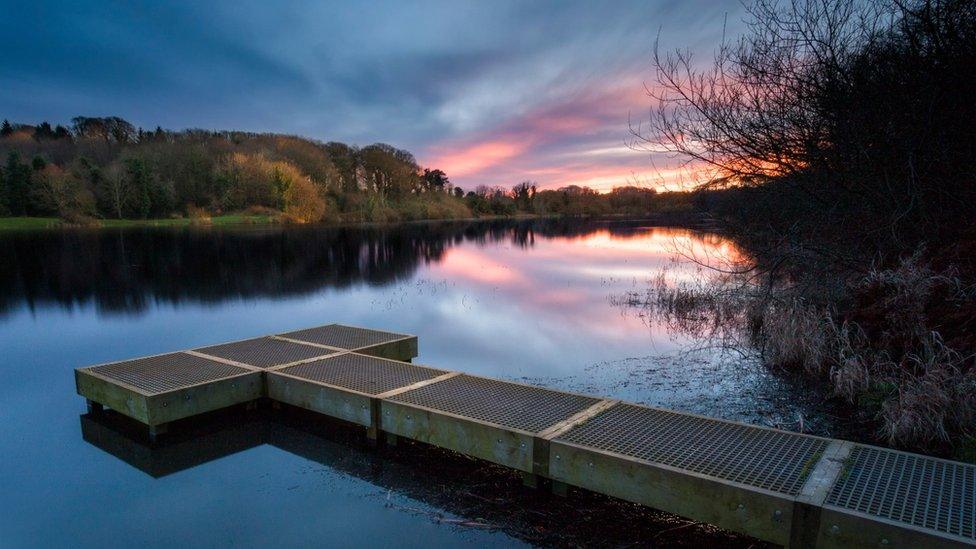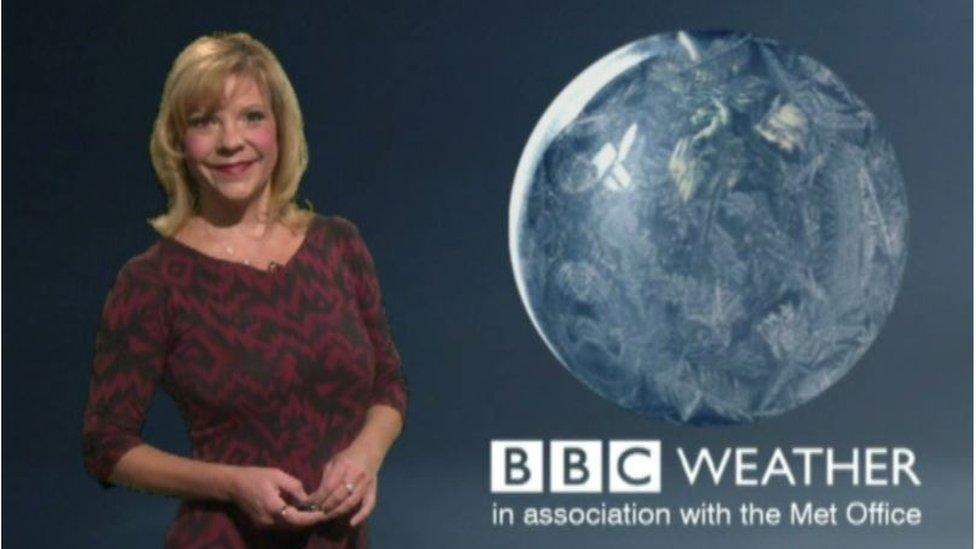Driest period for NI since records began, says Met
- Published

Portavoe Reservoir, Groomsport, County Down
Northern Ireland had its driest October-to-January period since records began in 1910, Met Office statistics have revealed.
The previous driest spell for the four-month period was in 1962-63.
So what has caused this and what has been the impact?
During the last three months of 2016, there was predominantly high pressure over north-west Europe, keeping unsettled and wetter Atlantic weather at bay.

BBC News NI's Angie Phillips explains that the unusually dry weather was linked to high pressure over North West Europe
High pressure over Scandinavia in January had the same impact, but brought much colder conditions across Europe too.
However, in Northern Ireland, the severely cold weather did not arrive - temperatures were actually almost one degree above average.
This dry weather has been beneficial to arable farmers.
Robin McKee, a potato farmer in Comber, said it had been "a great spell for potatoes and root vegetables in general, and it's been much easier for the farmers and for harvesting crops".
As far as water levels go, Alison McCrystal of NI Water said a small number of reservoirs, including Silent Valley, had lower levels than usual for this time of year.

Reservoirs such as the Silent Valley have had lower levels than usual for this time of year, however not critically so
However, she said this was not at a worrying level and after more than an inch of rain fell on 30 January, the levels have already started to rise.
The story might be more concerning if the drier weather comes in the summer months, with higher evaporation from the sun coupled with low rainfall amounts.
That is still a way off though, so no sign of hosepipe ban just yet...